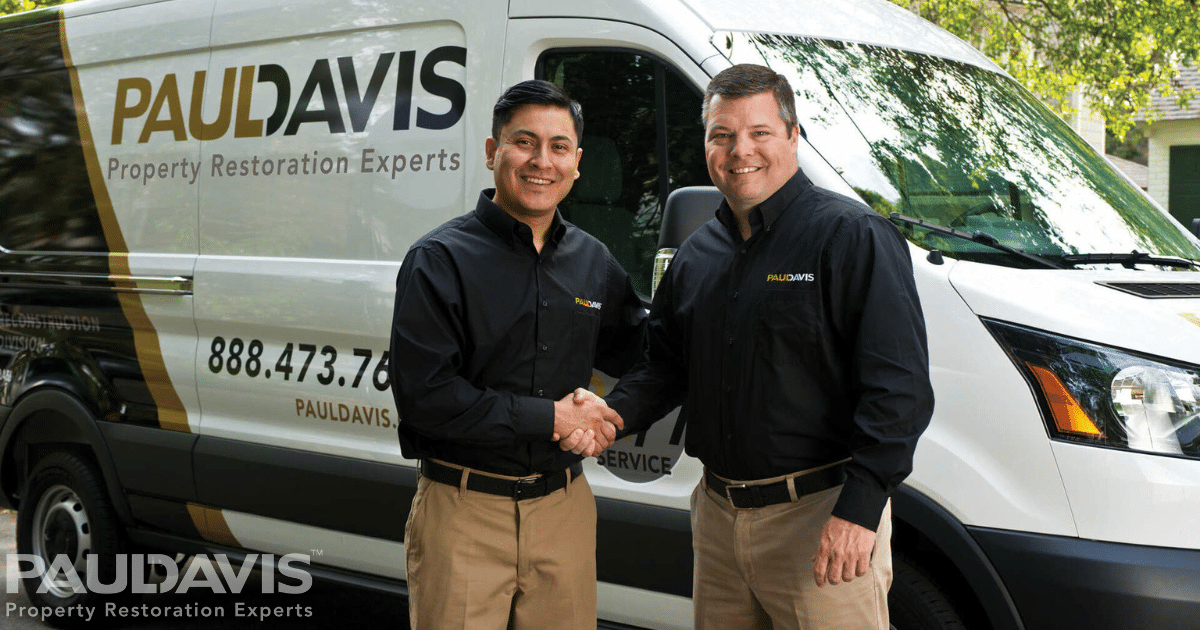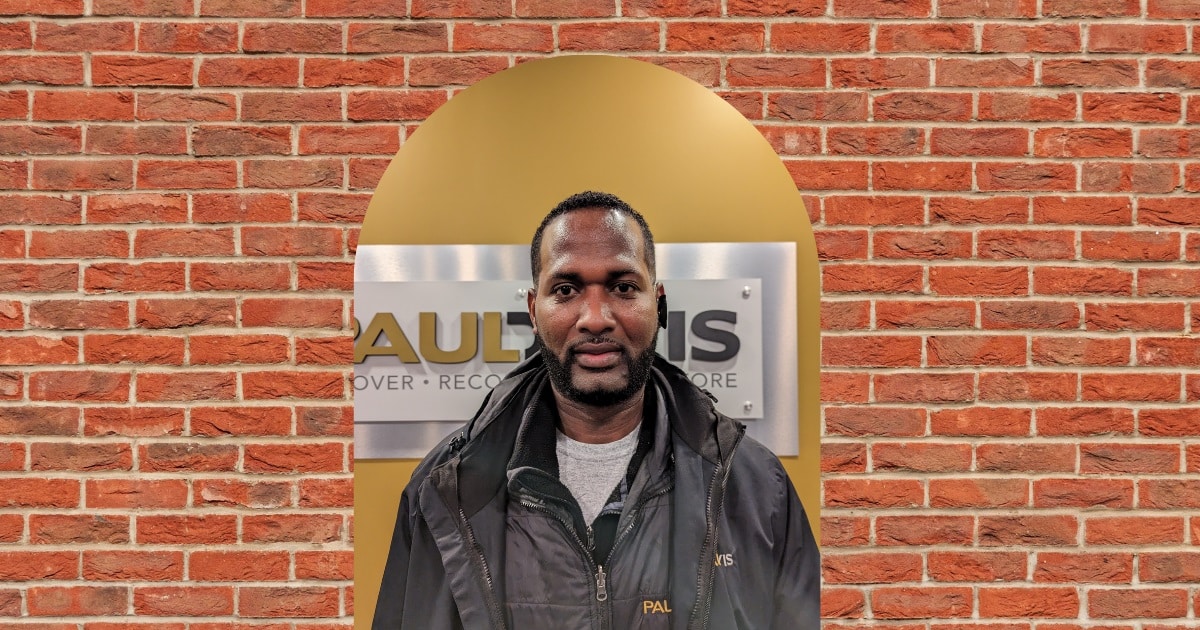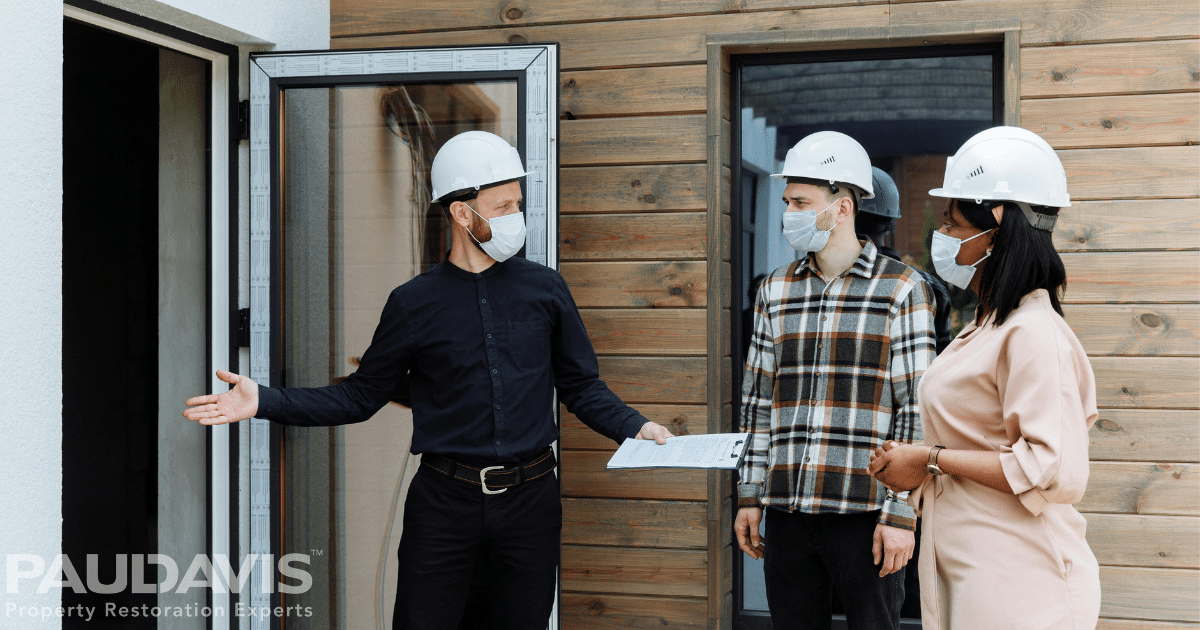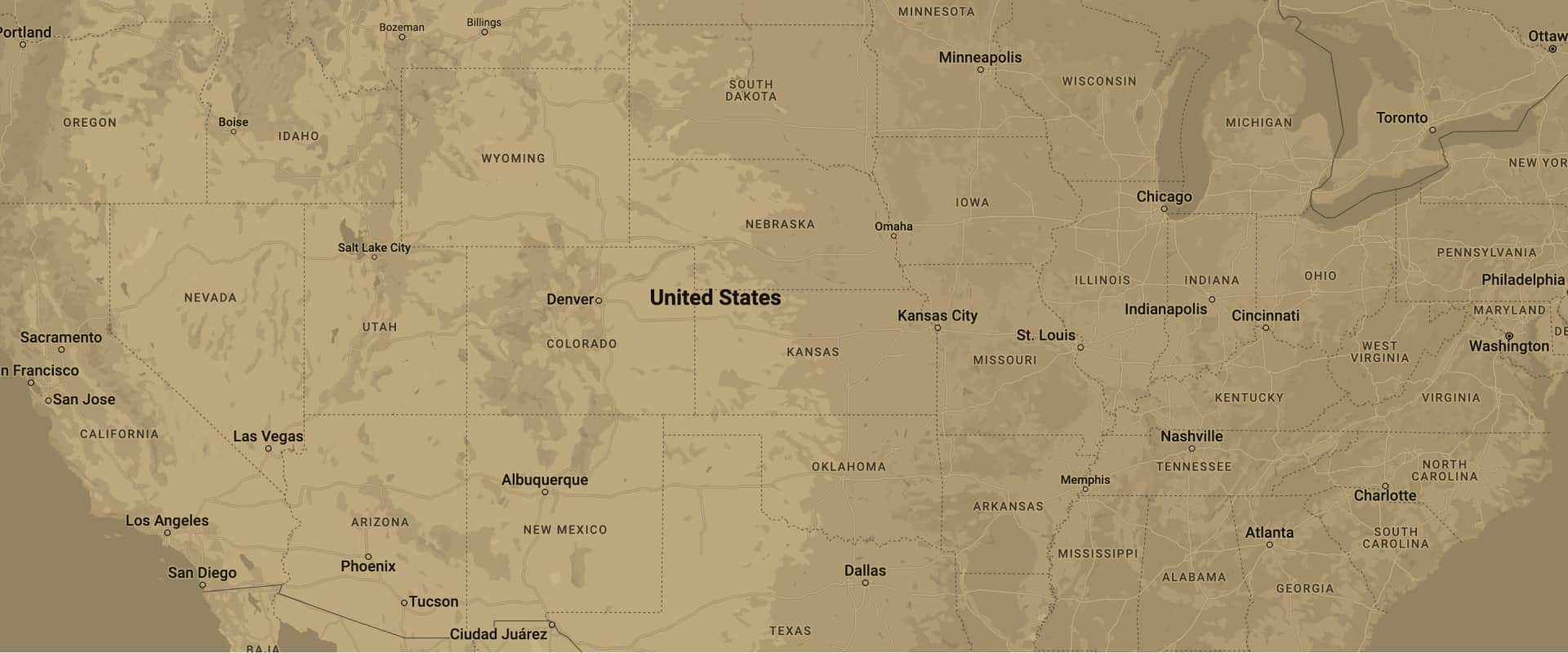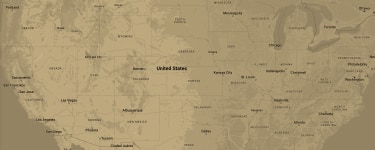
Major disasters disproportionately affect people with disabilities. For the 61 million Americans with disabilities, escaping the disaster itself is only the first challenge. Communication breakdowns with caregivers, disrupted healthcare, interrupted supplies and services, transportation delays – these inevitably follow. As an industry leader, Paul Davis is committed to countering post-disaster issues with mitigation and restoration activities that help rather than further hinder. Because one in four U.S. adults are disabled, complying with the Americans with Disabilities Act is vital after a disaster.
Signed into law in 1990, the ADA prohibits discrimination against individuals with disabilities in all areas of public life, including jobs, schools, transportation, and all public and private places that are open to the general public. It’s designed to provide people with disabilities the same rights and opportunities as everyone else.
Title III, one section of the ADA section that’s particularly applicable to disaster mitigation and recovery, prohibits “private places of public accommodation” from discriminating against people with disabilities. Public accommodations may include but are not limited to privately-owned, leased or operated facilities like hotels, restaurants, stores, healthcare offices, recreational area and private schools (private clubs and religious organizations are exempt). Two tenets merit attention from mitigation and restoration companies: ensuring accessibility when altering or constructing facilities and removing barriers in existing buildings where doing so isn’t difficult or expensive.
Public accommodation owners should ensure that their mitigation and restoration contractor understands ADA requirements, knows which tenets apply to the particular property and is qualified to update compliance. Paul Davis follows specific guidelines that govern these and many other aspects of public accommodations that require ADA compliance:
- Floor surfaces: firmness, stability, slip resistance, smoothness, transitions between surfaces and maneuverability
- Openings, space allowances and reach ranges
- Accessible routes and “paths of travel”
- Restrooms, sinks and water fountains
- Alarms, controls and operating mechanisms
- Ramps, stairs and elevators.
For property owners, failing to retain a qualified company can lead to fines, delays and increased expense. And missed opportunities: the ADA requires that owners remove barriers in existing buildings where doing so isn’t difficult or expensive. Conducted with a forward-thinking approach and deep familiarity with the law, disaster reconstruction by Paul Davis companies can create public accommodations that serve those with disabilities better than they did before the disaster.
When it comes to ensuring ADA compliance after a disaster choose Paul Davis, This Is No Time For Second Best®


